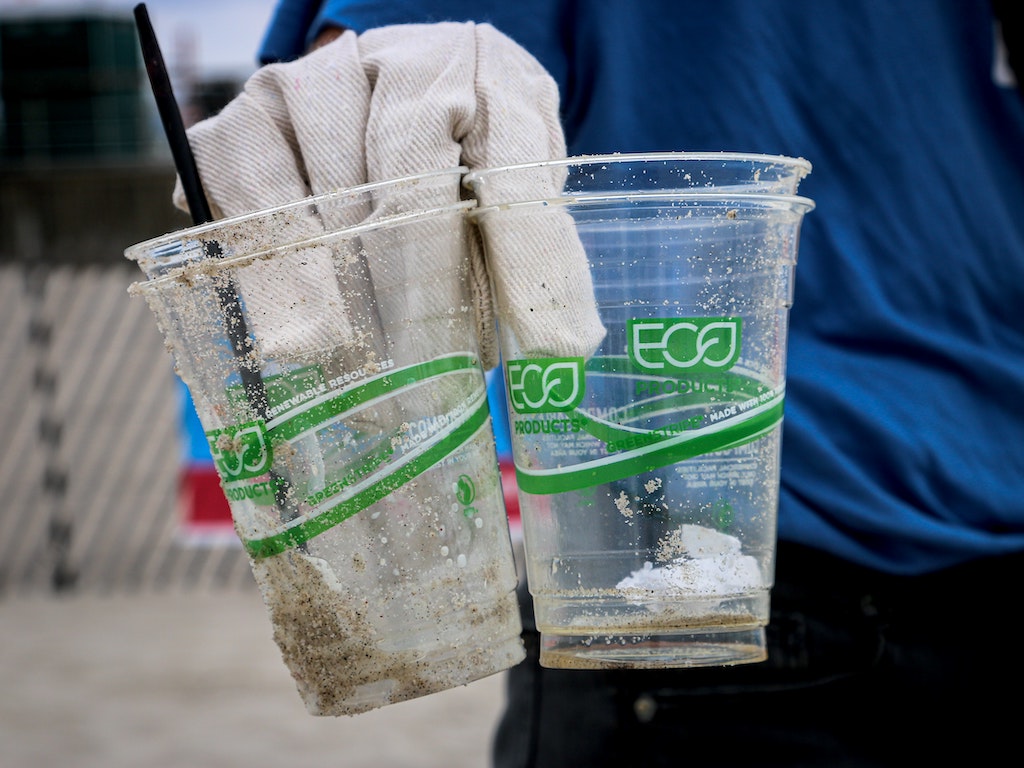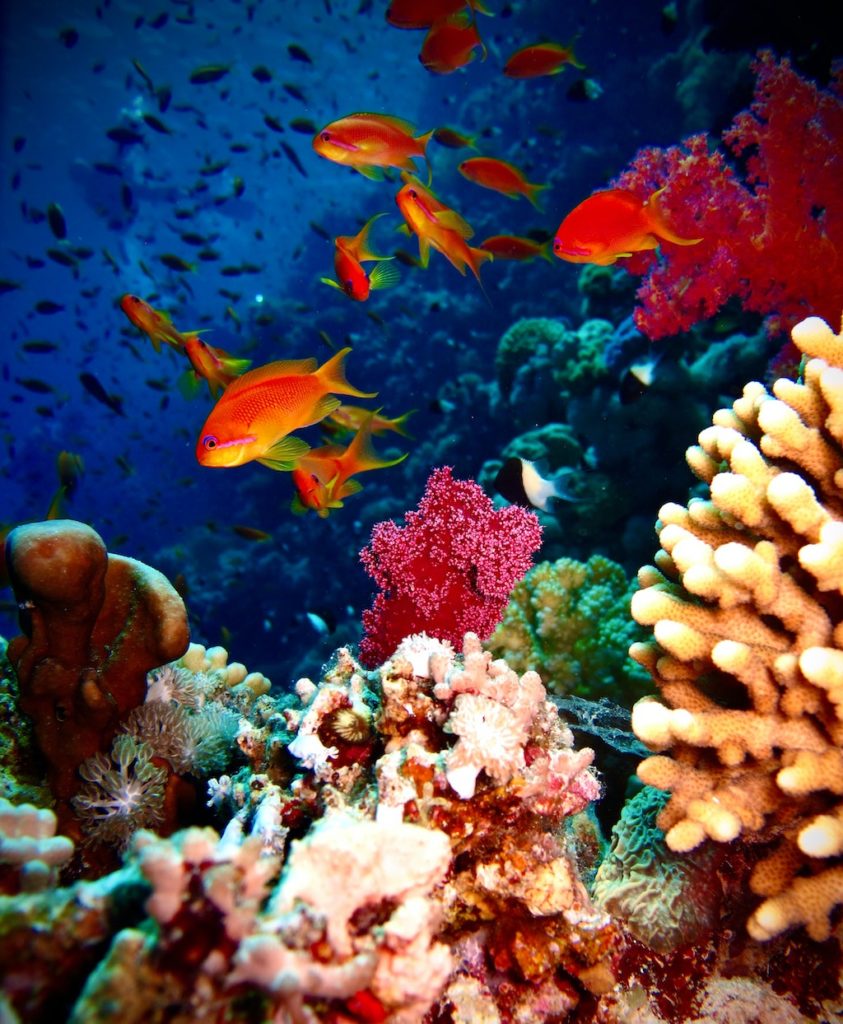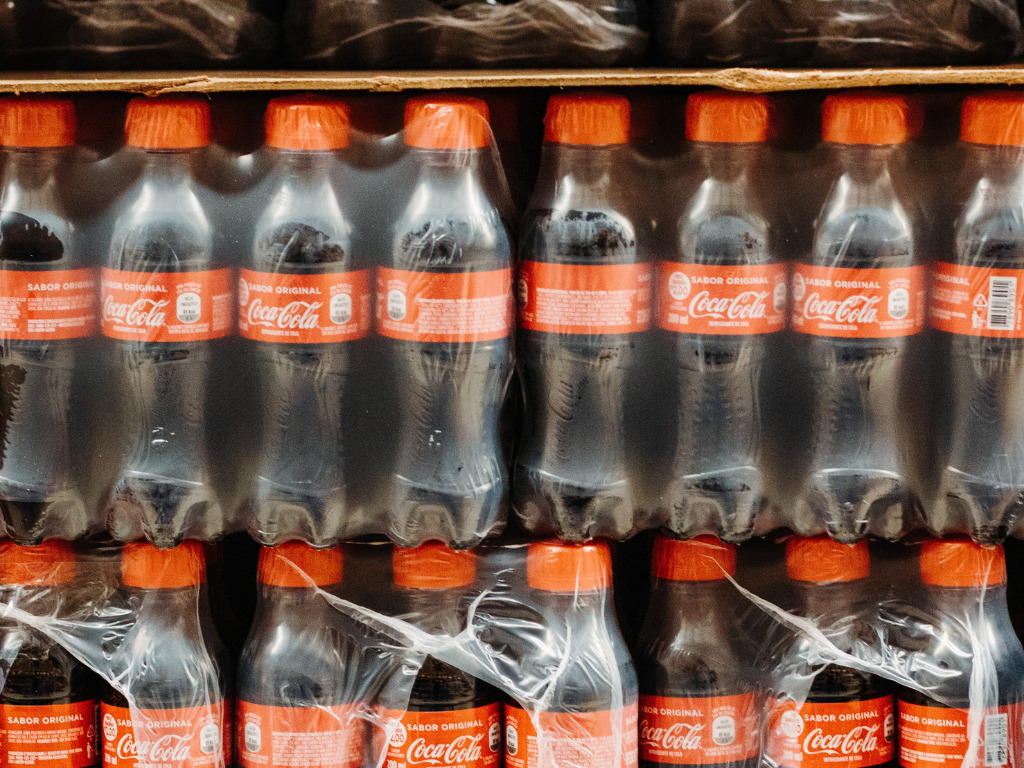4 Mins Read
In the effort to curb plastic waste, scientists from the U.K.’s University of Birmingham and Duke University say they’ve succeeded in turning elements found in sugar alcohols into what they claim is degradable and recyclable bioplastic.
The researchers created two new types of polymers from the sugar bases, iodide and isomannide. Isomannide can be developed into a material that stretches like rubber, and the iodide base performs like hard plastic. Both of the compounds contain ring-like structures made of the same atoms. According to the researchers, the arrangement of the atoms changes the properties. While other sugar-based bioplastics exist, the researchers say these materials have the potential to outperform conventional plastic.
“This study really shows what is possible with sustainable plastics,” Professor Andrew Dove, who led the research team from Birmingham, said in a statement. The findings are published in the Journal of the American Chemical Society.
“The ability to blend these polymers together to create useful materials, offers a distinct advantage in recycling, which often has to deal with mixed feeds,” said Dr. Josh Worch, from the School of Chemistry at Birmingham University and a co-author of the research.
The researchers say that despite their ability to displace traditional plastic, the current alternatives don’t match the durability of traditional plastic.
“Many others have used sugar and sustainably sourced feedstocks to synthesize materials,” said Matthew Becker, a chemistry professor at Duke University, and co-author. “However, the properties are often poor and therefore not useful in commercial application.”

According to the findings, both materials were able to maintain their properties when exposed to heat. Preliminary tests showed an ability to degrade if they did happen to wind up in oceans or waterways, but the complete end-of-life information was not disclosed.
“The mechanical and degradation properties exhibited by the materials are tunable, which will be important to many of the applications we are targeting,” Becker says. “These materials could be applied to a number of replacement applications including food packaging.”
A number of sustainable alternatives to fossil-fuel-based plastic already exist, such as corn-based PLA (polylactic acid). But these products have come under fire recently, with some questioning their degradability.
PLA, for example, requires industrial composting facilities to break down. Many of these alternatives also can’t be recycled alongside conventional recyclables, further complicating the issue. Recycling isn’t the savior it’s been touted as with global plastic recycling rates holding steady at under 15 percent.
Earlier this month, Lipton Tea came under fire over claims its bottles that its bottles were 100 percent recycled. The U.K.’s Advertising Standards Authority censured ads from the tea company that the group said misled consumers.
The ads read “Deliciously refreshing, 100% recycled”. But small text at the bottom stood in contrast to the claim, stating “Bottle made from recycled plastic, excludes cap and label”.
Beyond Plastics, a U.S.-based activist organization working to end plastic pollution led by former President Obama’s EPA administrator Judith Enck is also unconvinced about some bioplastic claims. The group’s fact sheet on bioplastics outlines a host of issues, from toxicity to carbon footprints.
Plastic Pollution
All the fossil fuel plastic that’s ever been made is still on the planet; half of it was produced in just the last 15 years, according to National Geographic. Plastic was only developed in the middle of the last century, and production increased substantially, from 2.3 million tons in 1950 to nearly 450 million tons in 2015. That number is expected to more than double by 2050 if efforts to reduce plastic aren’t adopted.
And despite global recycling efforts, at least 8 million tons of plastic wind up in the oceans every year. “That’s the equivalent of setting five garbage bags full of trash on every foot of coastline around the world,” National Geographic explains.
Plastic entering the world’s oceans is outpacing marine life reproduction as fishing industries deplete stocks. Experts have warned that plastic in the ocean could outnumber fish by midcentury.

The problem is further compounded by the chemicals in plastics that have been linked to endocrine disruption and a growing number of human and environmental health issues. Plastic also disrupts ocean pH, which makes it less capable of sequestering carbon—a critical function to help keep global temperatures from rising past the 1.5°C Paris Agreement targets.
Plastic 2.0
From ready-to-drink categories to personal care items and household goods, industries are adopting alternatives to plastic or eliminating it altogether. But they are difficult to replace in a number of categories because of their durability. The scientists behind the new plastic are hopeful.
“Petrol based plastics have had decades of research, so catching up with them is a huge challenge,” said Dr. Connor Stubbs, also from Birmingham’s School of Chemistry.
“We can look to the unique structures and shapes that biology have to offer to create far better plastics with the same expanse of properties that current commercial plastics can offer.”
The University of Birmingham Enterprise and Duke University have filed a joint patent application for the polymer technology. And the researchers say they’ve begun looking for industrial partners to bring the sugar plastic to market.
“While we need to do more work to reduce costs and study the potential environmental impact of these materials, in the long term it is possible that these sorts of materials could replace petrochemically-sourced plastics that don’t readily degrade in the environment,” Dove said.
Photo by Eduardo Soares on Unsplash



